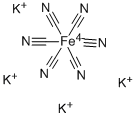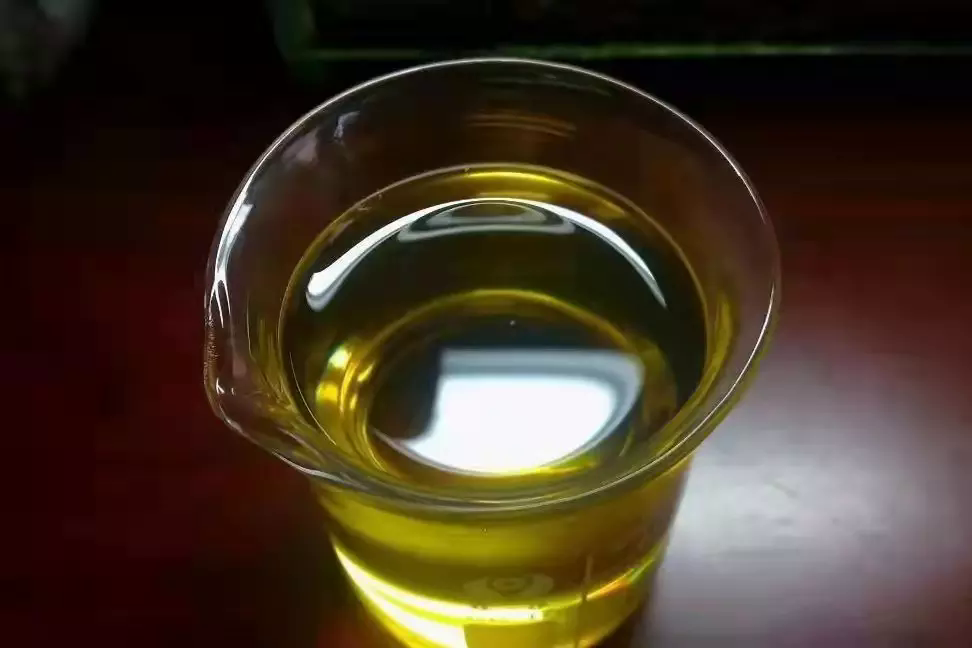1-Butyl nitrite
Synonym(s):Nitrous acid butyl ester
- CAS NO.:544-16-1
- Empirical Formula: C4H9NO2
- Molecular Weight: 103.12
- MDL number: MFCD00002058
- EINECS: 208-862-1
- SAFETY DATA SHEET (SDS)
- Update Date: 2025-01-27 09:38:02

What is 1-Butyl nitrite?
Chemical properties
CLEAR YELLOW LIQUID
The Uses of 1-Butyl nitrite
In the manufacture of rare earth azides.
The Uses of 1-Butyl nitrite
Butyl nitrite is used in the manufacture of rare earth azides. It is used as a recreational drug due its vasodilator property.
The Uses of 1-Butyl nitrite
It is used as pharmaceutical intermediate.
Definition
ChEBI: Butyl nitrite is a nitroso compound.
General Description
A yellow oily liquid with a pleasant odor. A mixture of isomers (n-butyl, sec-butyl and tert-butyl). Slightly soluble in water. Slightly less dense than water. Vapors are much heavier than air. Flash point about 15°F. Toxic by ingestion, mildly toxic by inhalation. Used to make fuel for jet airplanes.
Air & Water Reactions
Highly flammable.Slightly soluble in water.
Reactivity Profile
1-Butyl nitrite si an oxidizing agent but can serve as a reducing agent. May begin a vigorous reaction that culminates in a detonation if mixed with reducing agents, including hydrides, sulfides, nitrides, ammonium salts, cyanides, and many fuels.
Health Hazard
May cause toxic effects if inhaled or absorbed through skin. Inhalation or contact with material may irritate or burn skin and eyes. Fire will produce irritating, corrosive and/or toxic gases. Vapors may cause dizziness or suffocation. Runoff from fire control or dilution water may cause pollution.
Fire Hazard
HIGHLY FLAMMABLE: Will be easily ignited by heat, sparks or flames. Vapors may form explosive mixtures with air. Vapors may travel to source of ignition and flash back. Most vapors are heavier than air. They will spread along ground and collect in low or confined areas (sewers, basements, tanks). Vapor explosion hazard indoors, outdoors or in sewers. Runoff to sewer may create fire or explosion hazard. Containers may explode when heated. Many liquids are lighter than water.
Flammability and Explosibility
Not classified
Safety Profile
A poison by ingestion and intraperitoneal routes. Mildly toxic by inhalation. An irritant. Human systemic effects by ingestion: methemoglobinemiacarboxyhemoglobinemia. Resembles amyl nitrite in causing fall in blood pressure, headache, pulse throbbing, and weakness. Mutation data reported. Flammable when exposed to heat or flame or by spontaneous chemical reaction. When heated to decomposition it emits toxic fumes of NOx. See also NITRITES, n-BUTYL ALCOHOL, and ESTERS
Environmental Fate
Butyl nitrite causes rapid S-nitrosyl glutathione formation and simultaneously reduces protein thiols, followed by marked adenosine triphosphate depletion. It also causes lipid peroxidation. It produces methemoglobinemia in which oxidized hemoglobin has no oxygen carrying capacity. Also, in the clinical state of methemoglobinemia, the unaltered hemoglobin shows an increased affinity for oxygen that results in symptoms of tissue hypoxia. Cyanosis occurs when methemoglobin levels are greater than 10%. Levels above 70% are potentially lethal.
Toxicity evaluation
It is an extremely flammable, insoluble liquid with vapor pressure of 62 mm Hg and boiling point of 75°C.
Properties of 1-Butyl nitrite
| Boiling point: | 78 °C (lit.) |
| Density | 0.882 g/mL at 25 °C (lit.) |
| vapor pressure | 760 mm Hg ( 78 °C) |
| refractive index | n |
| Flash point: | 8 °F |
| storage temp. | 2-8°C |
| solubility | alcohol: miscible(lit.) |
| form | clear liquid |
| color | Light yellow to Yellow |
| Water Solubility | SLIGHTLY SOLUBLE |
| Merck | 14,1582 |
| BRN | 1701036 |
| Stability: | Light Sensitive, Volatile |
| CAS DataBase Reference | 544-16-1(CAS DataBase Reference) |
| NIST Chemistry Reference | n-Butyl nitrite(544-16-1) |
| EPA Substance Registry System | Butyl nitrite (544-16-1) |
Safety information for 1-Butyl nitrite
| Signal word | Danger |
| Pictogram(s) |
 Flame Flammables GHS02  Skull and Crossbones Acute Toxicity GHS06 |
| GHS Hazard Statements |
H225:Flammable liquids H301:Acute toxicity,oral H330:Acute toxicity,inhalation |
| Precautionary Statement Codes |
P210:Keep away from heat/sparks/open flames/hot surfaces. — No smoking. P233:Keep container tightly closed. P240:Ground/bond container and receiving equipment. P241:Use explosion-proof electrical/ventilating/lighting/…/equipment. P242:Use only non-sparking tools. |
Computed Descriptors for 1-Butyl nitrite
| InChIKey | NALZTFARIYUCBY-UHFFFAOYSA-N |
1-Butyl nitrite manufacturer
Sainor Laboratories Pvt Ltd Unit III
New Products
4,4-Difluoropiperidine hydrochloride tert-butyl 9-methoxy-3-azaspiro[5.5]undecane-3-carboxylate Indole Methyl Resin N-Isopropylurea N,N-Dicyclohexylcarbodiimide(DCC) MELDRUMS ACID 5-METHYLISOXAZOLE-4-CARBOXYLIC ACID Magnessium Bis glycinate Zinc ascorbate 1-bromo-2-butyne 2-acetamidophenol 9(10H)-anthracenone Erythrosin B, 4-Piperidinopiperidine 2-((4-morpholinophenylamino) (methylthio) methylene) malononitrile 2,4-dihydroxybenzaldehyde 3-(4-morpholinophenylamino)-5-amino-1H-pyrazole-4-carbonitrile Methyl 2-methylquinoline-6-carboxylate 2,6-dichloro-4-nitropyridine 4-Bromo-2-chlorobenzonitrile 2-(benzylamino)acetic acid hydrochloride 4-(tert-Butoxycarbonylamino)but- 2-ynoic acid 3,4-dihydro-2H-benzo[b][1,4]dioxepine 1-Phenyl-1-cycloprppanecarboxylicacidRelated products of tetrahydrofuran








You may like
-
 544-16-1 n-butyl nitrite 98%View Details
544-16-1 n-butyl nitrite 98%View Details
544-16-1 -
 544-16-1 Butyl Nitrite - 95% purity by G.CView Details
544-16-1 Butyl Nitrite - 95% purity by G.CView Details
544-16-1 -
 Butyl Nitrite CAS 544-16-1View Details
Butyl Nitrite CAS 544-16-1View Details
544-16-1 -
 Butyl nitrite, 95% CAS 544-16-1View Details
Butyl nitrite, 95% CAS 544-16-1View Details
544-16-1 -
 Butyl nitrite CAS 544-16-1View Details
Butyl nitrite CAS 544-16-1View Details
544-16-1 -
 n-Butyl Nitrite 99.0%View Details
n-Butyl Nitrite 99.0%View Details
544-16-1 -
 n-Butyl nitrite-95% 544-16-1 95%View Details
n-Butyl nitrite-95% 544-16-1 95%View Details
544-16-1 -
 20677-73-0 (2,2-diethoxyethyl)methylamine 98%View Details
20677-73-0 (2,2-diethoxyethyl)methylamine 98%View Details
20677-73-0
